The Dutch NGO Justdiggit jump starts landscape restoration programs by designing Hydrologic Corridors programs in countries in the continent of Africa that are affected by land degradation, desertification and drought.
Join our global revolution to re-green our planet and reverse climate change! justdiggit.org
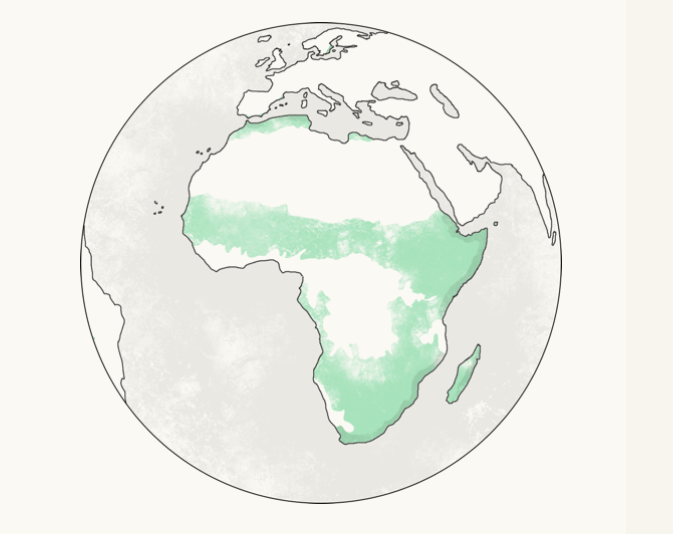
Step 1 Landscape restoration. Degraded land is restorable. Justdiggit jumpstarts large scale landscape restoration projects by retaining rainwater for vegetation and preventing erosion, flooding and land degradation. This creates local benefits for communities and the environment. By restoring a series of landscapes in a region we aim to positively impact the regional climate. That’s what we call a Hydrologic Corridor.
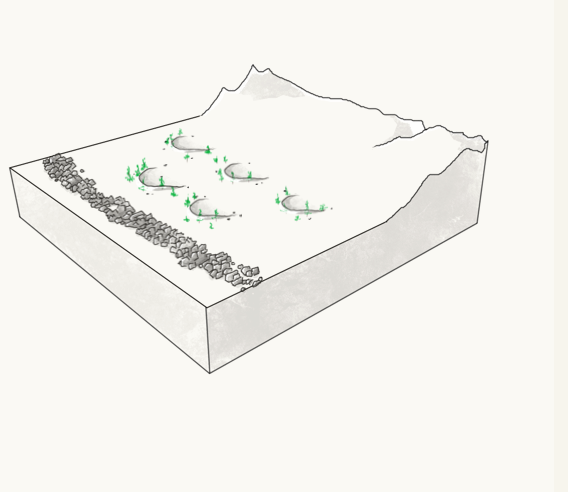
Step 2 Dig and open up the soil. Prevent soil erosion. In dry areas where the soil is degraded, rainwater can no longer infiltrate into the ground. When it rains, water washes away unused. This causes erosion and washing away of the remaining fertile soil and seeds. This causes further land degradation and loss of vegetation cover. This negative vicious circle needs to be broken to restore and re-green the land by interventions.
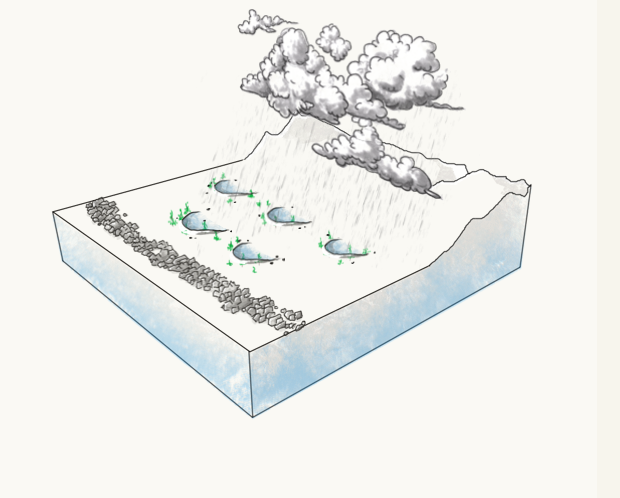
Step 3 Harvesting the rains. Make best use of the water. Almost everywhere on our planet it rains, even in dry areas. By using ancient water harvesting techniques combined with recent innovations, we enable rainwater to infiltrate the ground again. This makes it available for vegetation and seeds in the soil. It also stops further erosion and loss of fertile soil. , kickstarting mother nature and re-greening the land.
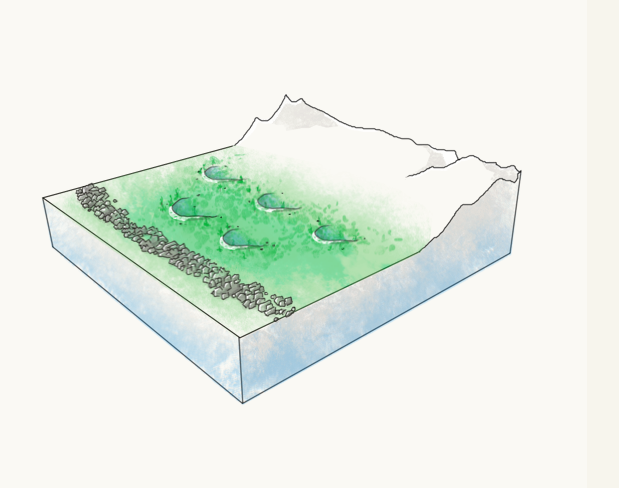
Step 4 Returning the natural vegetation. More vegetation means more rains. By allowing rainwater to infiltrate into the soil, seeds will sprout and vegetation returns. To increase biodiversity and improve the livelihood of communities we complement this with planting trees, improved agriculture and agroforestry.
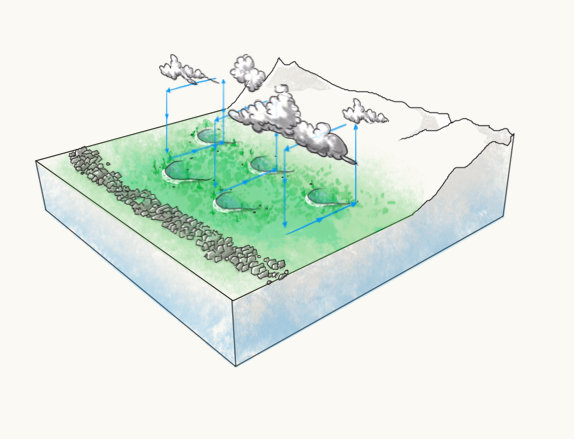
Step 5 Restoring the water cycle. An upward spiral. The restored vegetation brings more moisture into the air, which helps to create clouds and restores the water cycle
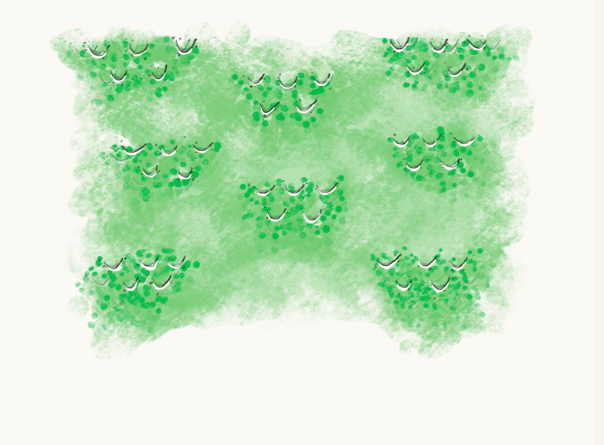
Step 6 Creating more green with a little green. Green areas growing towards each other. We restore degraded landscapes in a series of projects that form a ‘Hydrologic Corridor’. Due to the scale and the locations, these projects not only have local benefits, but also positively impact the regional climate.
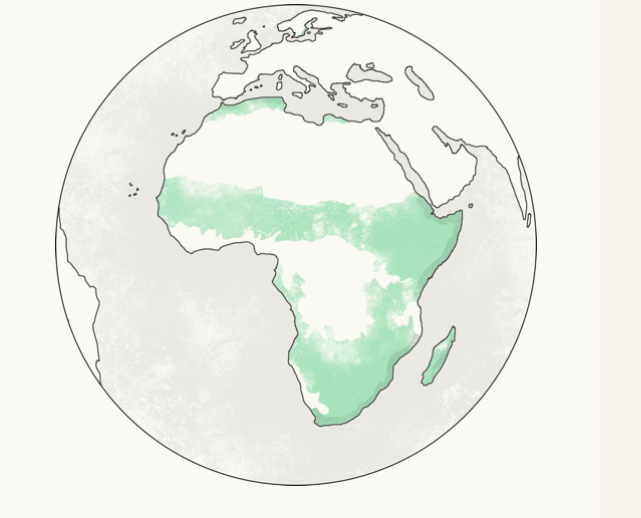
Step 7 Greener land makes a cooler planet. Start digging! Trees and plants are the air-conditioning of our planet, that’s why it’s important to restore degraded lands. It has been calculated by the UN that 2 billion hectares of degraded land is restorable. This is almost twice the size of Europe! Our ultimate goal is to restore these areas, but we can’t do this alone. Let us all pick up the shovel and re-green the land to cool down the planet!
Rainmakers
This short Justdiggit documentary shows the project in progress, digging 72.000 bunds to harvest rainwater and restore the degraded lands. Please note that this film was shot “before” the rainy season so the Green lands are shot later. This documentary also shows the impact on the local people, projects proving income, education and stability.
Rainmakers II: Seeds of Change
The sequel of the award-winning documentary Rainmakers. Whereas Rainmakers showed the start of Justdiggit’s projects and the necessity of it, Seeds of Change shows the progress made and how re-greening benefits all.
Where does Justdiggit work?
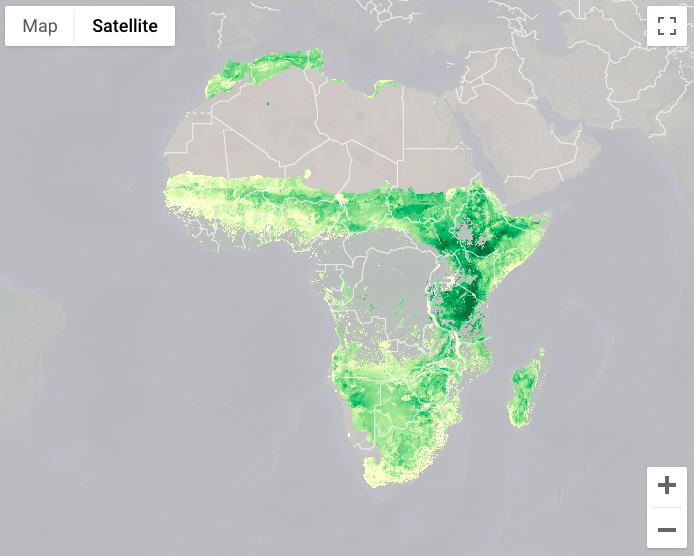
Justdiggit develops landscape restoration projects on a large scale using community based rainwater harvesting, agro-forestry and climate resilient agriculture.
Many regions of the world have suitable conditions for a Hydrologic Corridor. In first instance we focus on Africa, where the problems are severe and growing and where we found great restoration opportunities. Together with our partners we have developed a potential map for Hydrologic Corridors and re-greening projects. The greener the area, the bigger the potential to successfully implement a Hydrologic Corridor. More information on data and methods behind this map can be found in this memo.
See all of Justdiggit projects
Save the world with a shovel.
Our iconic shovel stands for bold, unprecedented action; less words, more results, less debate, more inspiration. As a symbol for climate action, our shovel turns dry lands back into healthy soils and thriving farmlands and ecosystems. With our movement we inform, inspire and activate the world to act. We do this through campaigns, ambassadors, events, and art.
“Dig deep within your heart and join me in starting a green revolution. Justdiggit!”
Nobel Peace Prize winner and Justdiggit’s Patron Desmond Tutu
Donate!
Artist and visionary Peter Westerveld was on a mission to convince the world that he has the solution for climate change.
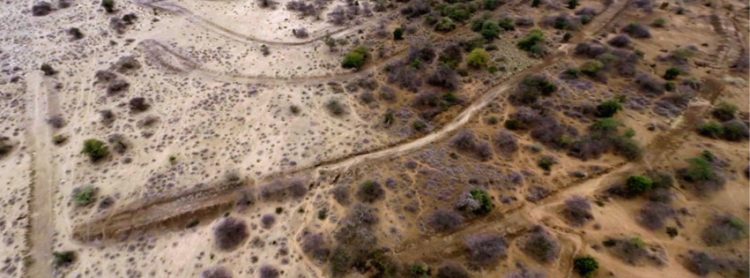
Reversing climate change is all very simple – Peter Westerveld
Peter Westerveld, (1951-2014) was the inventor of large-scale contour-trenching (digging ditches on contour) in hydrologic corridors. A strategy designed to address the desertification of the planet. First and foremost however, he was an artist. He thought like an artist and he worked like an artist. His art is imbued with his view on the relationship between man and his environment, in particular between Western man and the African continent.
Can someone, an individual, in this day and age change the world?
Peter Westerveld has no doubt in his mind that he can make a difference, that he can heal the land. Not only that, he says it’s easy. The man who wanted to change the world follows him on his mission to make the world a cooler and climate-proof place.
The UN is expecting 50 million climate refugees by 2023. Hurricane Sandy in 2012 inflicting nearly $70 billion in damage. JustDiggit can make the whole world green for €25 billion – Dennis Karpes (Founder Justdiggit)
‘Climate change moving faster than we are’ – BBC
UN Secretary General Antonio Guterres has said that if the world doesn’t change course by 2020, we run the risk of runaway climate change.
Peter Westerveld art was imbued with his view on the relationship between man and his environment, in particular between Western man and the African continent. Sprouting from his lifelong fascination for water, he applied himself these past decades to creating solutions for the ongoing erosion and desertification he personally witnessed. His drawings and calculations of interventions in the landscape and infrastructure, they were all part of his artwork for the world. The last 15 years of his live he succesfully implemented his solutions in desertified areas in Mali, Tanzania and Kenia. He was working on his opus magnum, the ‘Hydrologic Corridor’. This was a project measuring 20,000km2 of desertified land in Kenya forming one hydrologic system. Here he was going to apply his contour-trenching techniques in a network of strategic project locations to stop erosion and once again enable subsurface storage of water.
Bekijk 2Doc:: De man die de wereld wilde veranderen
Read more about the ‘hydrologic corridor’ mobile installation: click here
In 2016 the corridor mobile was on display at Wageningen University.